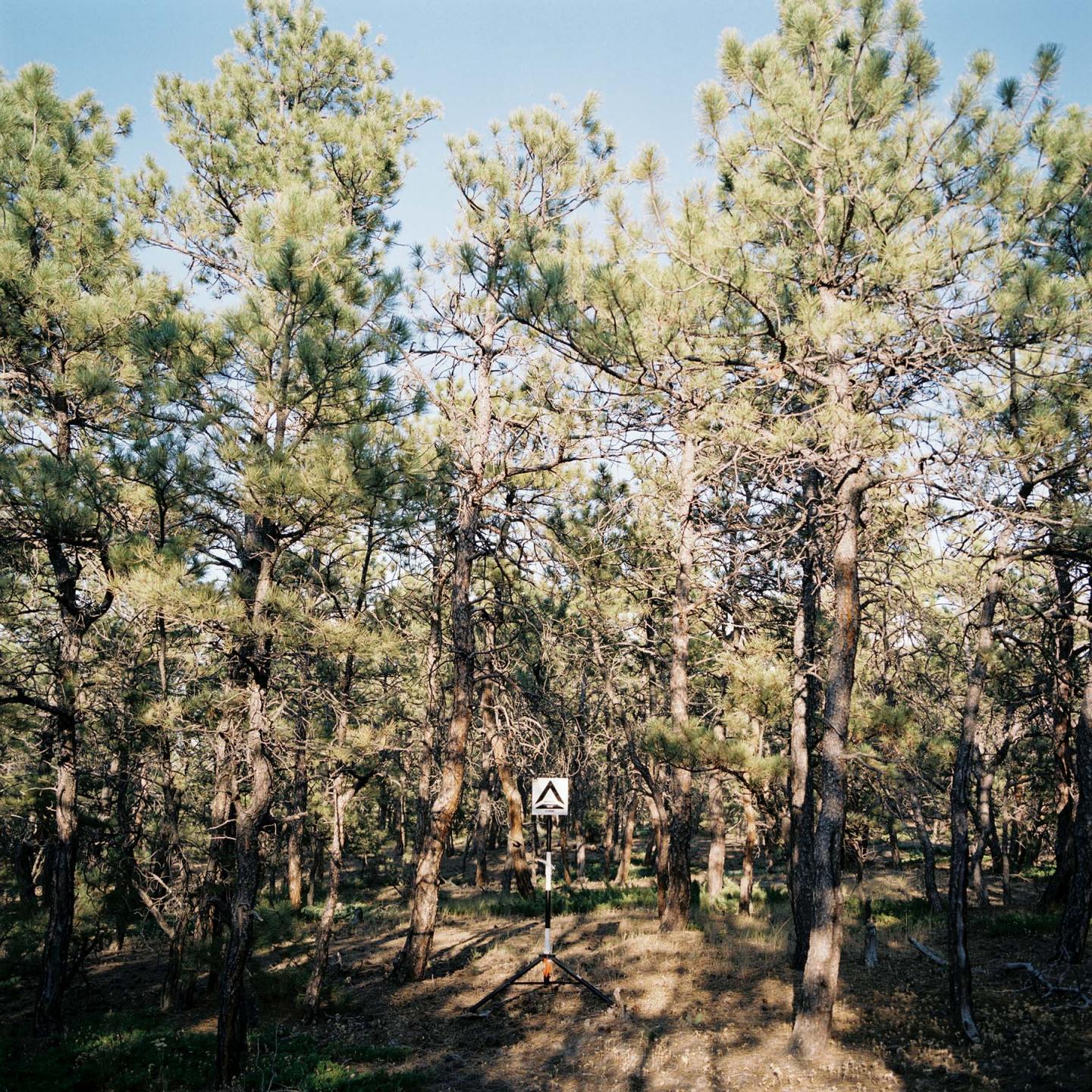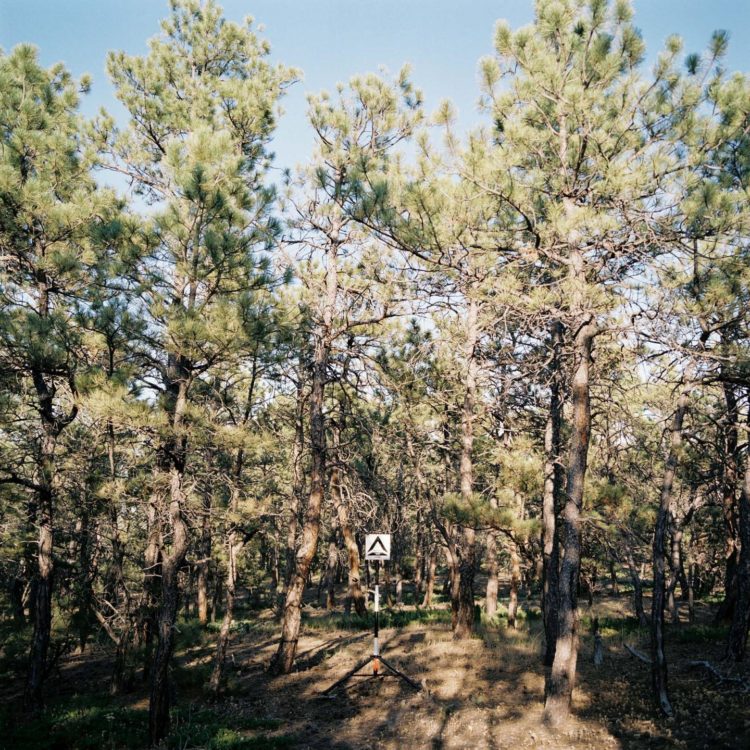
Credit: University of Washington
It’s hard to find a place in the U.S. that isn’t impacted by wildfires and smoke.
Dry landscapes, warmer temperatures and more development near forested areas all contribute to massive wildfires across North America each year. Smoke and haze from these fires can travel hundreds of miles from their source, affecting the health and wellbeing of communities across the U.S.
Given these impacts, scientists rely on models that try to predict the severity of wildfires and smoke. The amount of living and dead vegetation on a landscape, known as fuels, is a key part of the equation when modeling wildfire and smoke behavior. But in many areas, fuel estimates are imprecise, leading to unreliable smoke and fire forecasts — potentially endangering communities.
Researchers from the University of Washington and Michigan Technological University have created the first comprehensive database of all the wildfire fuels that have been measured across North America. Called the North American Wildland Fuel Database, the tool incorporates the best available measurements of vegetation in specific locations, and allows fire managers to see where information about fuels is missing altogether.
Ultimately, it can help scientists make more informed decisions about fire and smoke situations.
“Where there are fuels and fire, there’s smoke,” said lead author Susan Prichard, a research scientist at the UW School of Environmental and Forest Sciences. “This database is informing more realistic predictions of smoke that allow for the fact that we might not have dialed in the fuels perfectly.”
The new database is described in a paper published Dec. 4 in the Journal of Geophysical Research – Biogeosciences.
There are many types of vegetation that burn during wildfires, including live and dead trees, freshly fallen leaves and needles, shrubs, grasses, moss — and even decomposing logs and soil. The database, which includes a map view, shows a breakdown of each type of wildfire fuel and its amount in various locations across the U.S. It provides, for example, a quick way to see that dead trees are more densely packed along the West Coast, while decomposing materials, called “duff,” are more prevalent along the East Coast and upper Midwest.
The amount of vegetation in a particular area can vary drastically by season and natural events like windstorms that blow down trees, or wildfires that burn up fuels on the ground. As a result, the researchers found that it takes a wide range of observations to encompass the natural variability that is common within vegetation on a landscape.
Their dataset incorporates all of the existing information about fuels across the country — drawn from other datasets and published studies — and also factors in the potential range of variability for each vegetation type in different locations.
“Setting a static map of fuels is not going to be an accurate depiction of what the vegetation will be like in that location forever,” said co-author Maureen Kennedy, an assistant professor at UW Tacoma. “It was important to us to find ways to communicate that fuels on the landscape are variable and have uncertainty.”
The researchers hope that smoke modelers and fire managers use this data to analyze the range of wildfire fuels in their location, and use it to make better predictions about smoke emissions and fire severity. All of the data is accessible and downloadable from their website.
Managers also could use this data when deciding where and when to do a prescribed burn, which is important for reducing fire hazard in dense forests. More accurate fuels information will help determine if smoke and other pollutants will be too high or within a safe range for surrounding communities during a burn.
The team also hopes to add more data as other researchers continue to take measurements of the fuels in their areas. Data on live and dead trees is robust because of satellite imagery, Prichard explained, but data on fuels that must be measured by hand, such as leaves, needles and small branches, are largely missing. Fuels all burn differently — some smolder while others ignite quickly — which can also impact the accuracy of smoke and fire predictions.
“One of the things we didn’t anticipate is that the database would also let us know what still needs to be done,” Prichard said. “The big surprise for all of us is how little data we have on non-forest vegetation such as grasslands and shrublands. That data gap is big and worth closing over time.”
###
Other co-authors are Anne Andreu and Paige Eagle, research scientists at the UW School of Environmental and Forest Sciences, and Nancy French and Michael Billmire of Michigan Technological University.
This research was funded by the Joint Fire Science Program and the U.S. Forest Service Pacific Northwest Research Station.
For more information, contact Prichard at [email protected] and Kennedy at [email protected].
Photos, animations available for download: https:/
View the database: https:/
Media Contact
Michelle Ma
[email protected]
206-543-2580
Original Source
https:/
Related Journal Article
http://dx.





